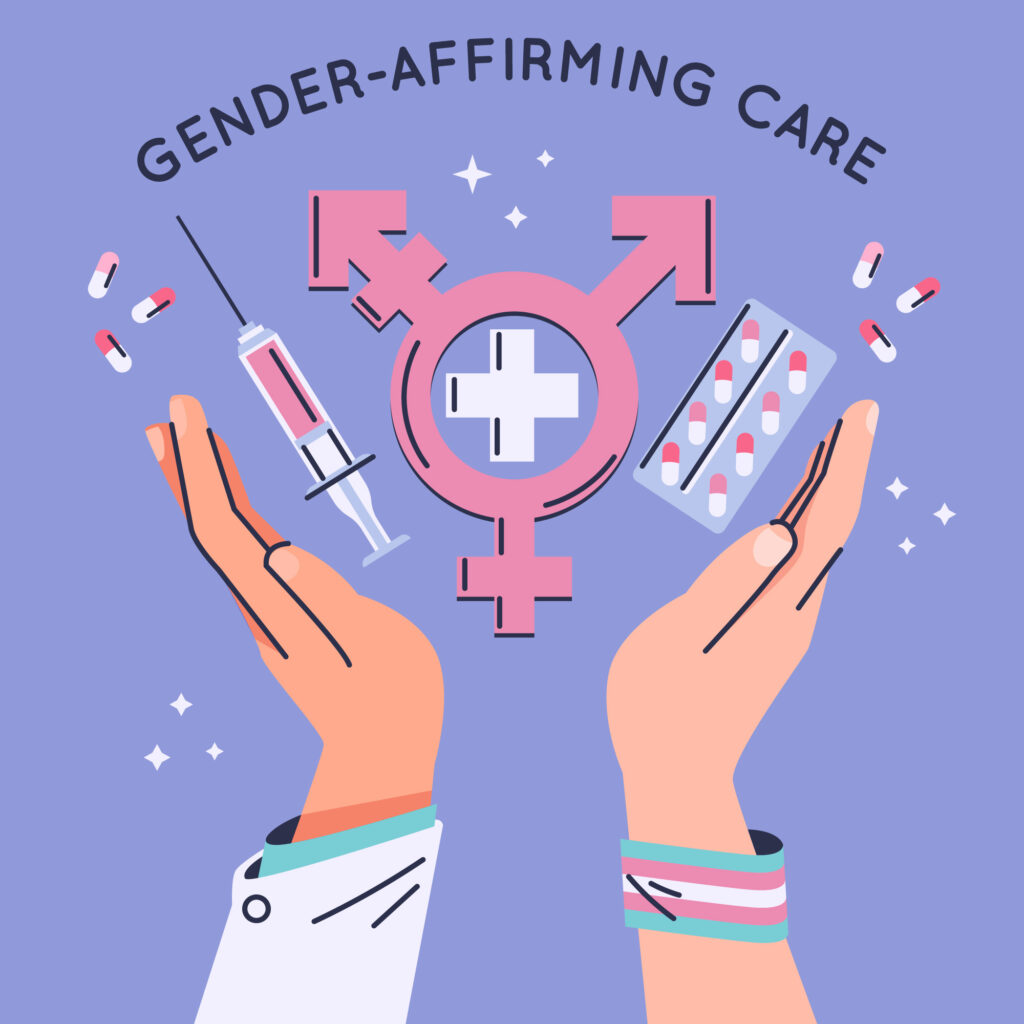Australia, as of February 21, 2025, finds itself at a crossroads in navigating the complex interplay between cultural shifts, legislative frameworks, and public sentiment regarding gender identity and related ideologies. Often framed in polarising terms—such as the “woke mind virus” or “transgender debates”—these issues have sparked significant discourse both globally and domestically. This article examines the current period from an Australian perspective, characterising it as a time of ideological contention, and explores how existing legislation and public opinion reflect a resistance to what some perceive as overly progressive or dogmatic shifts in societal norms.
Characterising the Period: The Ideological Contention Era
The past decade in Australia has witnessed a rapid evolution in discussions around gender identity, equity, and social justice—sometimes described by critics as a “woke” revolution. This period can be characterised as an “Era of Ideological Contention”, marked by a tension between progressive ideologies advocating for expansive gender recognition and a counter-movement seeking to preserve traditional understandings of sex and gender. Unlike the Industrial Revolution, which transformed economies through mechanisation, or the Internet Revolution, which redefined connectivity, this era is defined by a struggle over cultural and legal definitions of identity, driven by both grassroots activism and digital amplification.

The rise of social media platforms, including X, has accelerated this contention, enabling polarised narratives to proliferate. Proponents of gender diversity argue for inclusion and recognition, while detractors—often citing biological determinism—view these changes as an overreach, challenging established norms without sufficient evidence or consensus. This ideological tug-of-war has not only reshaped public discourse but also prompted scrutiny of Australia’s legislative framework, particularly in areas where it resists or limits progressive reforms.
Legislative Support for a Non-Progressive Stance
Australia’s legal system offers several examples of legislation and policy decisions that align with a perspective skeptical of expansive gender identity frameworks, often prioritising biological definitions or parental rights over ideological shifts. While the nation has made strides in anti-discrimination protections, certain laws and recent policy moves reflect a cautious or conservative approach.
Queensland’s Suspension of Gender-Affirming Treatments (2025)
In January 2025, Queensland Health Minister Tim Nicholls suspended the use of puberty blockers and cross-sex hormones for minors experiencing gender dysphoria. This decision, lauded by groups like FamilyVoice Australia, was framed as a protective measure, arguing that “biological sex cannot be changed” and that young people require psychological support rather than irreversible medical interventions.

The policy reflects a legislative preference for maintaining biological definitions of sex, resisting what critics call the “transgender agenda.” Over 100 health experts opposed the move, but it underscores a willingness to prioritise caution over progressive medical trends.
Sex Discrimination Act 1984 (Cth) – Religious Exemptions
At the federal level, the Sex Discrimination Act 1984 (as amended in 2013) prohibits discrimination based on gender identity and sexual orientation. However, sections 37 and 38 provide exemptions for religious bodies, allowing private religious schools and hospitals to discriminate “in good faith” to avoid offending religious sensibilities. This framework implicitly supports a non-progressive stance by permitting institutions to uphold traditional views on gender and sexuality, even as broader society shifts. Critics argue this creates a patchwork of rights, but it remains a legal bulwark against mandatory adoption of progressive gender policies.

Parental Rights and Consent Laws
Across states and territories, parental consent remains a cornerstone of medical decision-making for minors. In the context of gender-affirming care, this has been leveraged to slow or restrict access to treatments, aligning with views that question the appropriateness of such interventions. For instance, Queensland’s 2025 policy shift reinforces parental authority, echoing sentiments that medical decisions should not be dictated by ideological trends but by family-led, evidence-based considerations.
Federal Resistance to Transgender Policy Overhaul
In January 2025, Opposition Leader Peter Dutton rebuffed calls from Nationals leader David Little proud to “lean into” the gender debate following U.S. President Donald Trump’s anti-transgender executive orders. Dutton’s assertion that Australia is a “sovereign nation” and would act in its own interests signals a reluctance to import foreign ideological battles wholesale. This stance, while not overtly legislative, reflects a political preference for maintaining existing frameworks rather than adopting radical shifts—whether progressive or reactionary.

Public Opinion: A Divided Landscape
Public sentiment in Australia mirrors this legislative caution, revealing a populace divided yet wary of rapid change. A 2013 Pew Research poll found 79% of Australians supported societal acceptance of homosexuality, placing the nation among the world’s most progressive. However, no comparable, recent national survey exists for transgender issues specifically, leaving a gap filled by anecdotal evidence and smaller studies. The 2024 Australian Marriage Law Postal Survey demonstrated broad support for same-sex marriage (61.6%), but gender identity debates appear to elicit less consensus.

Research from Trans Health Australia (2022) indicates that while transgender acceptance is growing, resistance persists, particularly around medical interventions for minors. The Queensland policy shift garnered support from conservative groups and some parents, who expressed relief at “common-sense” measures. Conversely, protests and open letters from health professionals and transgender advocates highlight a vocal progressive contingent.
On X, posts critical of “woke ideology” often gain traction among users who argue it undermines science or fairness—such as in women’s sports—while pro-trans voices counter with calls for compassion and rights.
This division suggests a public not fully aligned with either extreme. Many Australians appear to favour a pragmatic middle ground: acknowledging diversity but questioning the pace and scope of change, particularly when it intersects with children, sports, or public facilities.
Conclusion: A Balancing Act
Australia’s current era is not a revolution in the traditional sense but a contentious recalibration of cultural and legal boundaries. Legislation like Queensland’s treatment suspension and the Sex Discrimination Act’s exemptions provide a foundation for resisting what some term “woke” overreach, grounding policy in biological or traditional frameworks. Public opinion, while supportive of broad equality, shows hesitation around the more divisive aspects of gender identity debates.
As of February 2025, Australia appears poised to navigate this period with a distinct identity—neither fully embracing nor wholly rejecting progressive ideologies. The nation’s approach suggests a preference for incrementalism over upheaval, shaped by a legislative landscape that accommodates dissent and a populace that demands balance. Whether this stance holds amid global pressures remains an open question, but for now, it defines Australia’s response to the ideological contention of our time.
